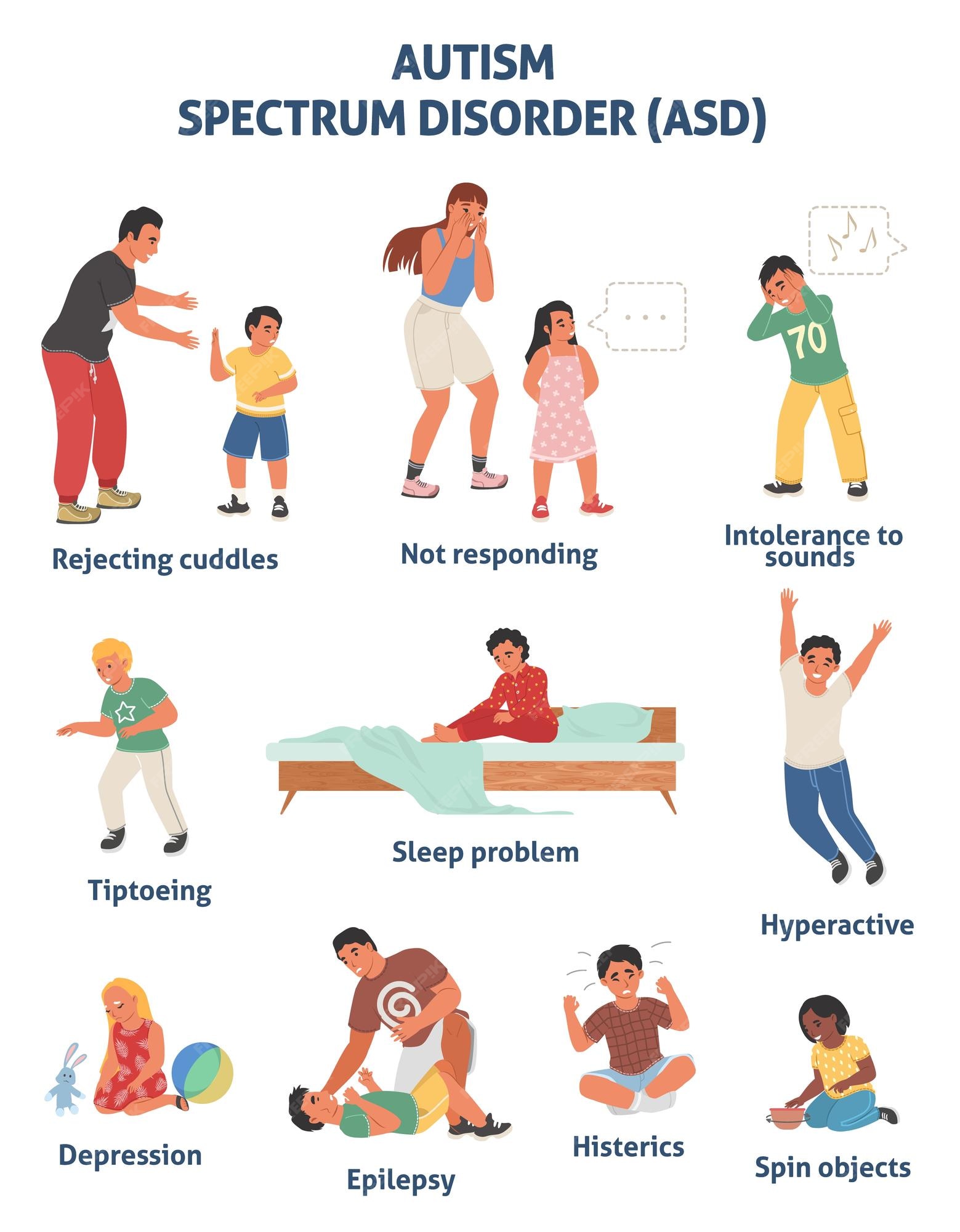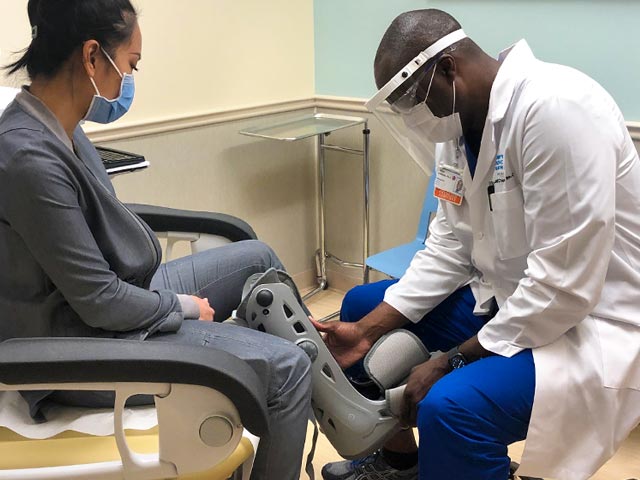Atrial Septal Defect (ASD) is a type of congenital heart defect that affects the septum, the wall of tissue that separates the heart’s upper chambers, or atria. In a normal heart, the septum acts as a barrier, allowing blood to flow from the right atrium to the right ventricle and from the left atrium to the left ventricle. However, in individuals with ASD, there is an opening or hole in the septum, which allows blood to flow between the left and right atria.
This abnormal communication can lead to an overload of blood in the right atrium and right ventricle, resulting in increased pressure and workload on the right side of the heart. Over time, this can cause the right side of the heart to enlarge and become less efficient, potentially leading to complications such as arrhythmias, heart failure, and pulmonary hypertension.
Causes and Risk Factors
ASD is a congenital defect, meaning it is present at birth. The exact cause of ASD is not fully understood, but it is believed to result from a combination of genetic and environmental factors. Some potential risk factors for ASD include:
- Family history: Individuals with a family history of congenital heart defects are more likely to develop ASD.
- Genetic syndromes: Certain genetic syndromes, such as Down syndrome, can increase the risk of developing ASD.
- Maternal infections: Infections during pregnancy, such as rubella, can increase the risk of congenital heart defects.
- Poor fetal nutrition: Poor nutrition during fetal development can increase the risk of congenital heart defects.
Symptoms
The symptoms of ASD can vary depending on the size of the defect and the individual’s overall health. Some common symptoms include:
- Shortness of breath: Individuals with ASD may experience shortness of breath, especially during exercise or physical activity.
- Fatigue: The increased workload on the right side of the heart can lead to fatigue and weakness.
- Palpitations: Irregular heart rhythms, or palpitations, can occur due to the abnormal communication between the atria.
- Chest pain: In some cases, individuals with ASD may experience chest pain or discomfort, especially during physical activity.
Diagnosis
Diagnosing ASD typically involves a combination of physical examination, medical history, and diagnostic tests. Some common tests used to diagnose ASD include:
- Echocardiogram: An echocardiogram uses sound waves to create images of the heart and can help diagnose ASD.
- Electrocardiogram (ECG): An ECG measures the electrical activity of the heart and can help diagnose arrhythmias associated with ASD.
- Chest X-ray: A chest X-ray can help diagnose enlargement of the right side of the heart.
- Cardiac catheterization: In some cases, a cardiac catheterization may be performed to measure the pressure and oxygen levels in the heart.
Treatment
Treatment for ASD typically depends on the size of the defect and the individual’s overall health. Some common treatment options include:
- Watchful waiting: In some cases, small defects may be monitored with regular check-ups and may not require immediate treatment.
- Medications: Medications such as diuretics and beta blockers can help manage symptoms and reduce the workload on the heart.
- Surgical repair: In some cases, surgical repair may be necessary to close the defect. This can be performed using open-heart surgery or a minimally invasive procedure.
- Catheter-based closure: In some cases, a catheter-based procedure may be used to close the defect. This involves inserting a catheter through a vein in the leg and guiding it to the heart, where a device is used to close the defect.
Complications
If left untreated, ASD can lead to complications such as:
- Arrhythmias: The abnormal communication between the atria can lead to irregular heart rhythms, which can increase the risk of stroke and other complications.
- Heart failure: The increased workload on the right side of the heart can lead to heart failure, which can cause symptoms such as shortness of breath, fatigue, and swelling.
- Pulmonary hypertension: The increased pressure in the right side of the heart can lead to pulmonary hypertension, which can cause symptoms such as shortness of breath, fatigue, and chest pain.
Prevention
While ASD is a congenital defect, there are some steps that can be taken to reduce the risk of developing the condition. Some potential prevention strategies include:
- Genetic counseling: Individuals with a family history of congenital heart defects may benefit from genetic counseling to discuss the risk of passing the condition to their children.
- Prenatal care: Regular prenatal care can help identify potential complications during pregnancy and reduce the risk of congenital heart defects.
- Healthy lifestyle: Maintaining a healthy lifestyle, including a balanced diet and regular exercise, can help reduce the risk of congenital heart defects.
FAQ Section
What is the most common symptom of Atrial Septal Defect?
+The most common symptom of Atrial Septal Defect is shortness of breath, especially during exercise or physical activity.
Can Atrial Septal Defect be treated with medication alone?
+In some cases, medication may be used to manage symptoms and reduce the workload on the heart. However, in many cases, surgical or catheter-based intervention may be necessary to close the defect.
Is Atrial Septal Defect a genetic condition?
+Atrial Septal Defect is a congenital defect, and while the exact cause is not fully understood, it is believed to result from a combination of genetic and environmental factors.
Can Atrial Septal Defect increase the risk of other heart conditions?
+Yes, Atrial Septal Defect can increase the risk of other heart conditions, including arrhythmias, heart failure, and pulmonary hypertension.
Is it possible to prevent Atrial Septal Defect?
+While Atrial Septal Defect is a congenital defect, maintaining a healthy lifestyle, including a balanced diet and regular exercise, can help reduce the risk of congenital heart defects.
Conclusion
Atrial Septal Defect is a congenital heart defect that can lead to complications if left untreated. Understanding the causes, symptoms, and treatment options for ASD can help individuals manage symptoms and reduce the risk of complications. By working with a healthcare provider and making lifestyle modifications, individuals with ASD can lead active and healthy lives.



